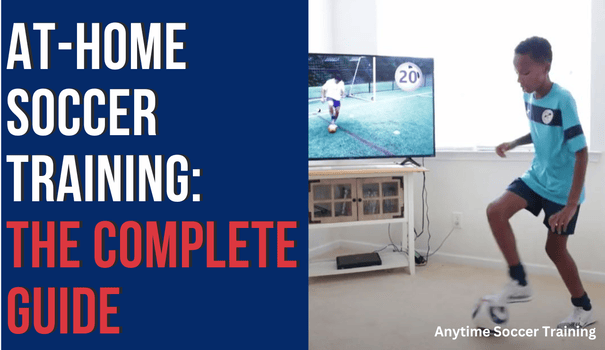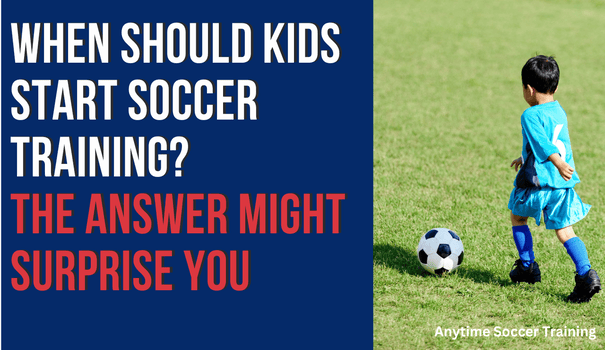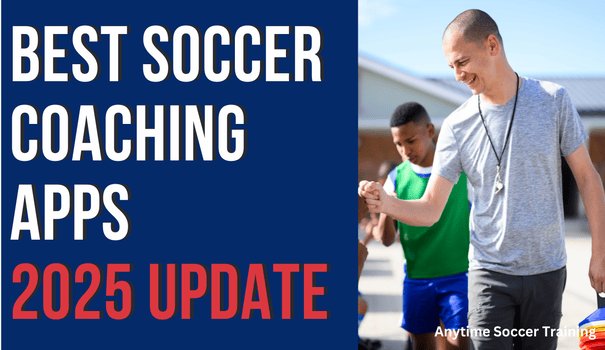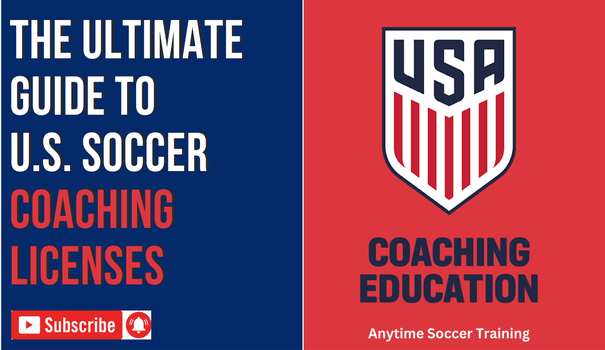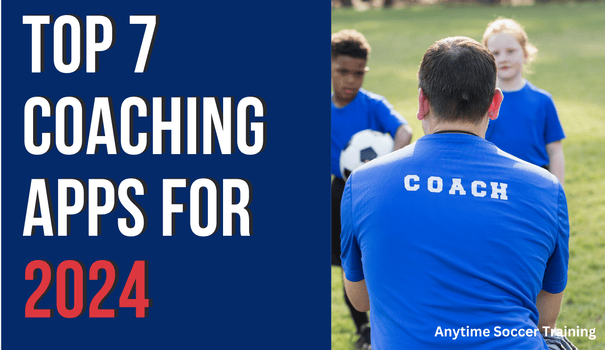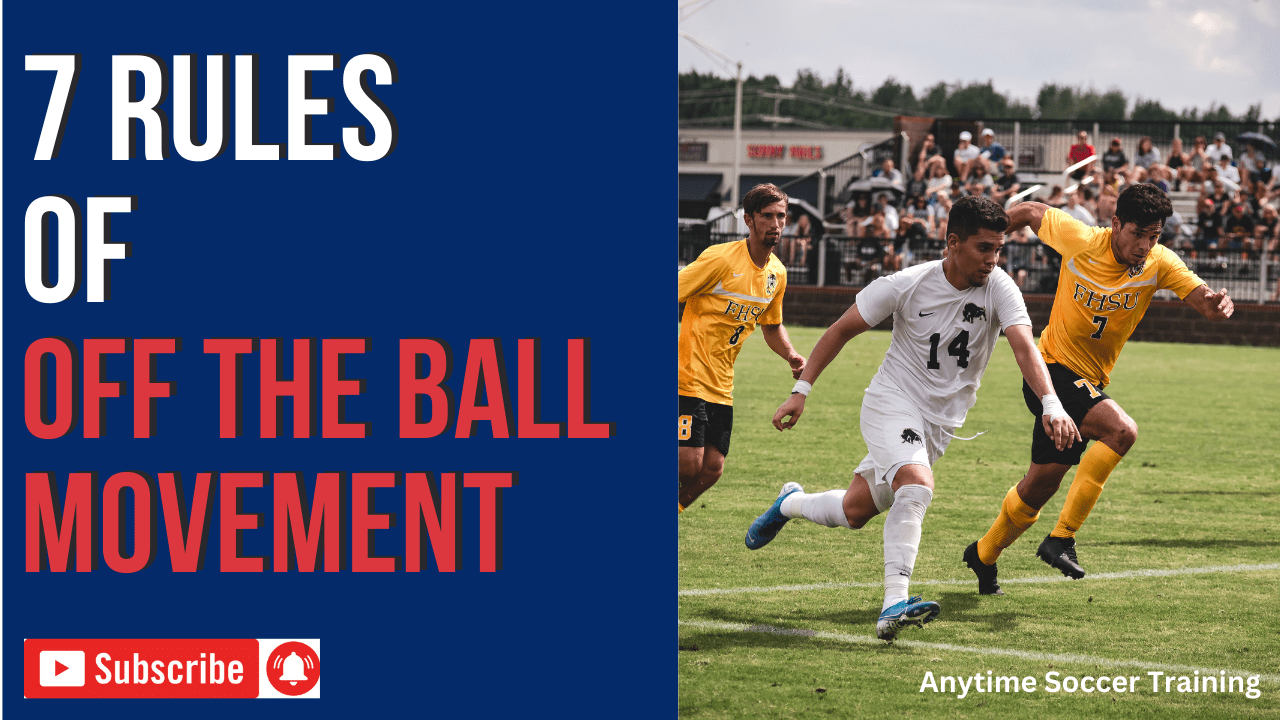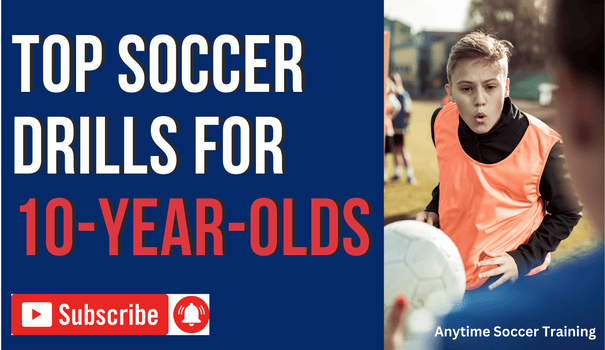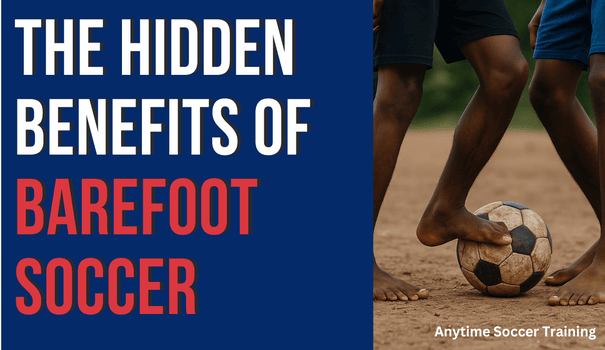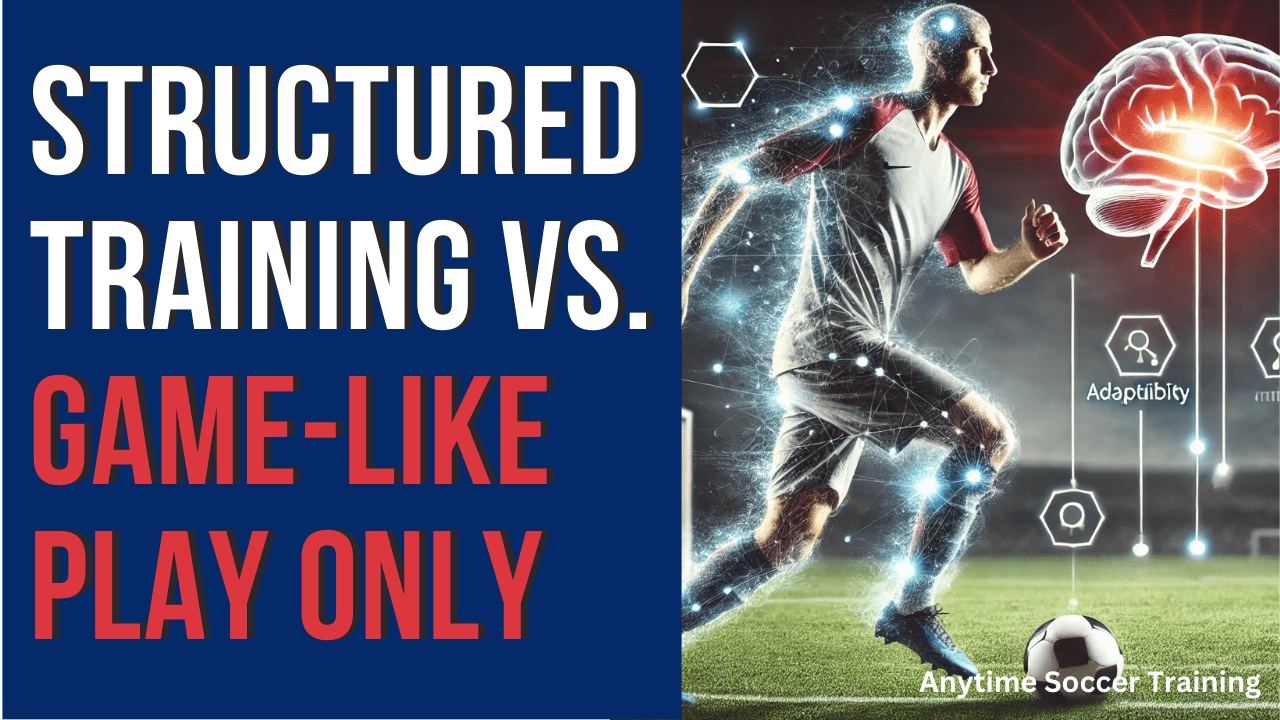
As parents and coaches, we all want the same thing: to see our children develop into confident, skilled soccer players who can effortlessly dribble past defenders, execute flawless feints, and play with purpose. Achieving this takes guidance, commitment, and a well-thought-out plan. We know that success in soccer doesn’t just come from endless drills or shouting instructions from the sidelines—it takes much more than that.
However, much of the soccer education around player development often offers solutions that overlook one critical aspect: the science of how the brain learns and adapts. This gap in understanding can lead to confusion and hinder progress for many young players.
On a personal note, I’ve seen firsthand how important the brain’s ability to rewire itself is in training. That’s why, for years, my sons, Adam and Matthew, have been doing short, unopposed ball mastery exercises before practice. I incorporate these exercises as part of a holistic approach to development, supplementing their formal training. I’ve always believed in the power of repetition and the brain’s ability to improve with focused practice.
This is why I emphasize ball mastery for them—because I understand the science behind it, even though it’s often overlooked by many in the soccer community.
In this article, I’ll tackle some of the most common misconceptions in youth soccer training, sharing my opinions on how a deeper understanding of the brain’s learning process can transform both player development and training strategies.
What Is Neuroplasticity, and Why Does It Matter for Soccer?
Neuroplasticity might sound like a complicated term, but it’s really just the brain’s incredible ability to change and adapt based on what we experience. It’s how we learn, grow, and get better at things. In simple terms, neuroplasticity lets the brain form new connections or strengthen the ones we already have, which is what helps us master new skills.
When it comes to soccer, neuroplasticity plays a huge role in how your child picks up new techniques.
Every time they practice—whether it’s through free play, structured training, or even just messing around in the living room—their brain is at work.
It’s forming and reinforcing the neural pathways needed for specific skills. The more they repeat a move, the more automatic it becomes. And it’s not just about repetition—throw in some variation, like trying new moves or different situations, and you encourage their brain to be creative and adaptable on the field.
The key takeaway is that there’s no single “right way” for neuroplasticity to work—it’s happening all the time. Every touch of the ball, every practice session, and even every moment of play outside of structured training is helping their brain grow and improve.
Debunking the “Street Soccer Obsession” Myth
I completely understand the appeal of street soccer. The idea that great players, like Ronaldinho, developed their skills purely through street play is a common belief.
While street soccer definitely played a role in his development, it wasn’t the whole picture. Ronaldinho and others also spent time refining his technique in structured environments like youth academies, where professional coaches helped shape his game.
Not only do I advocate for free play, but a few years ago, I actually created a free play program to give kids the space to develop their creativity and love for the game. However, it’s important to recognize that today’s children face a different reality, with more distractions and less time for spontaneous play. Structured training provides the repetition and technical focus that free play alone can’t offer.
But this appeal is turning into an obsession by some, who often push revisionist narratives. This idea that street soccer alone creates the best players disregards the importance of structured training in developing technical skills and a deep understanding of the game.
This isn’t about dismissing street soccer—it’s about balancing it with the benefits of structured training. Even Johan Cruyff, a passionate advocate of street soccer, benefited from structured programs that helped him master his ball skills.
Take the Ajax Academy, where he played as a youth. Known for exporting some of the best ball mastery techniques to the world, Ajax has long combined structured training with the freedom to express creativity. This balance is key to producing top-level players.
Today’s youth can benefit from both free play and structured training.
Free play nurtures creativity, while structured sessions provide the technical foundation required for success in modern soccer. Together, they create well-rounded players who are ready to take on the complexities of the game.
Why Isn’t Your Child “Getting It” Yet?
Have you ever spent hours teaching your child a move, like the Cruyff turn or the L-behind, only to see them freeze or fall back into old habits the next time they’re on the field? It’s frustrating, isn’t it?
A lot of parents and coaches think unopposed training isn’t working because their child isn’t executing the moves in games. But here’s the thing—the issue isn’t that unopposed training is ineffective; it’s that learning a new skill takes time. Practicing a move doesn’t just teach the move itself—it helps train the brain by strengthening the neural connections needed for smooth execution.
Even if your child doesn’t use a specific move in a match right away, that doesn’t mean the work is for nothing. The process of rewiring the brain is happening with every repetition. Over time, those movements will become more natural and start to show up in real-game situations. It’s about building a foundation that the brain will pull from when the moment is right.
I saw this firsthand with my son Adam. When he transitioned from recreational soccer to club soccer, he was hesitant and unsure on the ball. I started to wonder if I was pushing him too hard. But once I understood how the brain learns—through repetition, variation, and context—I realized my job wasn’t just teaching him moves. It was to build his confidence and solidify those core fundamentals. With patience and consistent practice, his brain rewired itself, and his skills started to show up in games.
Yes, Children Still Learn Moves in Game-Like Training—But Structure Has a Role
Some argue that since kids learn new moves in game-like situations, structured drills aren’t necessary. But understanding brain science is key here.
When a child practices a specific drill, they’re not just learning that one move—they’re expanding their brain’s ability to adapt and respond to a wide range of game-like situations. And, conversely, exposure to the game accelerates learning during structured training.
The point is, we need to avoid the extreme “either-or” argument and adopt a more holistic approach. Every time a child touches the ball—whether in structured drills or during a game—they’re learning and strengthening their brain’s ability to perform under real conditions.
A balanced approach that acknowledges this is key to optimal development.
The Myth of “Monkey-See, Monkey-Do”
A lot of parents and coaches feel like they’re not qualified to teach their kids because they don’t have professional-level skills. But here’s the thing—you don’t need to be a pro to be a great coach.
What matters is patience, consistency, and understanding how kids learn.
The problem is, that many parents get criticized for this because people often believe that learning has to be “monkey-see, monkey-do”—that you can only teach through flawless execution. But that’s just not true.
When it comes to teaching things like ball control or dribbling, you don’t have to nail every move yourself. Just showing the basic idea slowly and giving clear instructions is enough.
It’s THEIR repetition, not YOUR perfection, that drives improvement.
Having never played soccer, I started with just a phone app, YouTube, and a few cones in the backyard—definitely not a fancy training facility, but it worked. You don’t have to be a perfect coach to help your child get better.
The key is understanding how kids learn and committing to consistent practice.
Drills vs. Games: The Balancing Act (And Why Studies Fuel the Debate)
There are plenty of studies that emphasize the benefits of game-like training over unopposed drills, and while there’s truth to that, it can be a bit misleading.
The key to player development isn’t about choosing one or the other, it’s about finding balance. If young players jump into scrimmages too early, without mastering the basics first, they can get frustrated and may not develop as effectively.
What works best is blending unopposed drills with small-sided games. Drills offer repetition and focus, helping players build technical skills, while games push them to think on their feet, make decisions, and adapt. Together, they accelerate learning, giving players both the technical foundation they need and the ability to handle real-game pressure.
The problem is, many studies overlook the fact that most coaches don’t rely on just one training method. They use a mix of drills and games to create the optimal learning environment.
Plus, the quality of game-like training depends heavily on the coach’s experience and how well the session is structured. So, while game-like training is great, it should be balanced with unopposed and other drills to really lay the foundation for success.
Misunderstanding these studies fuels the ongoing debate, but the truth is, a combination of methods works best.
Why Variation is the Real MVP
Soccer isn’t about perfect execution every time—it’s about adaptability. My younger son, who’s more impulsive, often pulls off moves we never practiced. On the other hand, my older son sticks to a few moves he’s mastered. Both approaches work because their training focuses on variation.
The more different situations a player faces in training, the better they’ll perform in a game. That’s why variation is so important—it helps players become adaptable problem-solvers on the field, ready for whatever comes their way.
That’s the core philosophy behind Anytime Soccer Training: creating diverse drills that encourage creativity and build competence, so players can think on their feet.
Try our free 7-day Ball Mastery Challenge to see for yourself.
The Art of “Good Enough” Teaching
Some people say soccer is too unpredictable for specific skills to be taught effectively, but I think that misses the point. Techniques like the drag-back turn aren’t about perfection—they’re about giving players the tools they need to adapt.
When Adam first used the drag-back turn in a game, it wasn’t flawless. But it worked. Training isn’t about getting everything perfect—it’s about making progress.
Teaching “good enough” isn’t about lowering standards; it’s about giving kids the freedom to make mistakes, learn, and improve.
A Final Thought
When I see Adam smiling after a match, confident and engaged, I know we’re on the right path. Soccer isn’t just about the goals or the wins—it’s about growth, for both them and us.
So let’s challenge the myths, embrace the power of neuroplasticity, and start rewiring their game (and maybe even our own perspectives) today.
